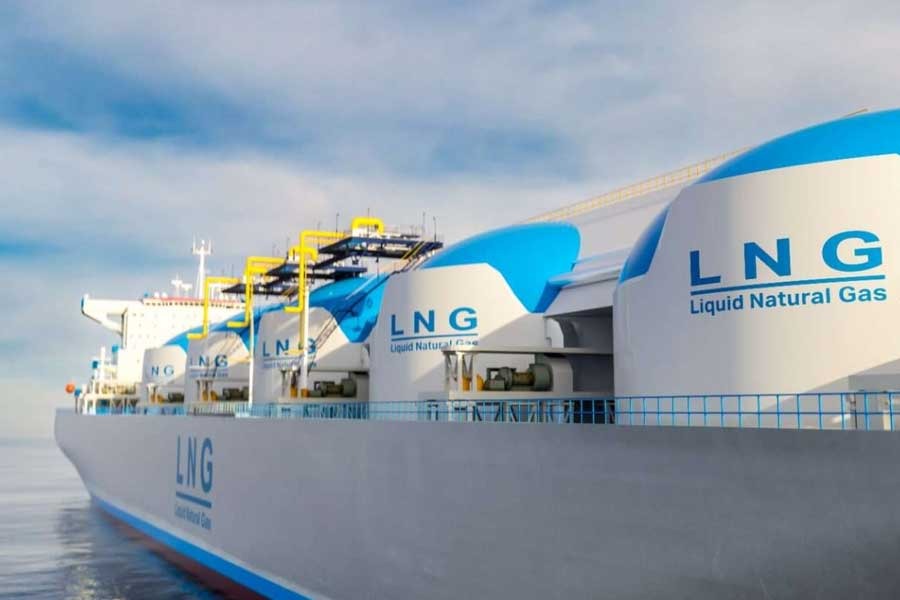Petronet LNG Ltd, India's biggest liquefied natural gas company, will in 2025 start supplying LNG to Sri Lanka, initially in containers loaded on ships and later going on to build an import terminal, its chief executive said on Thursday.
Sri Lanka is seeking supply of gas in liquid form to meet requirements for generating electricity and other industries. It was in discussions with Petronet and other suppliers for years and it is only now that it has finally agreed to buy the fuel from the Indian firm.
Petronet CEO Akshay Kumar Singh said the company will ship 850 tonnes of gas daily to the island nation in containers of 17 tonnes each. The supplies would be for five years during which the company will build a floating LNG receipt facility at Colombo port.
"The supplies will start in 18 months or so," he said.
The Indian firm imports LNG from Qatar, Australia and other countries at two terminals - Dahej terminal in Gujarat and a facility at Kochi in Kerala.
It plans to load LNG or super-chilled gas in containers from Kochi in containers. A ship will make a ferry every two days, carrying 100 such containers.
At Colombo, a small regasification unit will turn the LNG into gaseous state again for use in gas-fired power plants.
Speaking to reporters on the sidelines of India Energy Week, Singh said Petronet also plans to commission a floating storage regasification unit (FSRU) in Colombo, for which it hopes to get Sri Lankan government approval by 2025. The facility will be built by 2028.
"We have not finalised the investment plan but it may roughly cost Rs 2,500 crore," he said adding the company will do a detailed feasibility report once the Sri Lankan government approves FRSU proposal.
Singh said Petronet, which earlier this week extended a 7.5 million tonnes a year LNG import deal with Qatar for another 20 years beyond 2028, is looking at sourcing more gas, including on long term contracts.
It is expanding the Dahej facility from 17.5 million tonnes per annum to 22.5 million tonnes and is looking to build a new terminal in Odisha. Also, its 5 million tonnes a year Kochi facility will by next year start operating at full capacity after a pipeline taking the gas to consumers in Bengaluru gets commissioned.
Kochi is currently operating at a fifth of its capacity, he said.
"So naturally, there will be a requirement for more gas," he said but refused to say how many long-term contracts the company is looking to tie up. "We need more long-term deals. It is a country requirement." Besides 7.5 million tonnes from Qatar, LNG is also imported from the Gorgon project in Australia. Currently, 1.44 million tonnes a year of LNG is imported, which will rise by 1.2 million tonnes between 2025-26 to 2028, he said.
The Indian economy is expanding at a world-beating pace and it needs energy supplies to meet its needs. Natural gas is considered a transition fuel to net zero carbon emissions. The government is targeting raising the share of natural gas in the primary energy basket to 15 per cent by 2030 from the current 6.2 per cent. With domestic production hardly meeting half of the demand, the fuel is imported in the form of LNG.
Except for the headline, this story has not been edited by The Telegraph Online staff and has been published from a syndicated feed.











